How Much Does a R410a Empty Tank Weight?
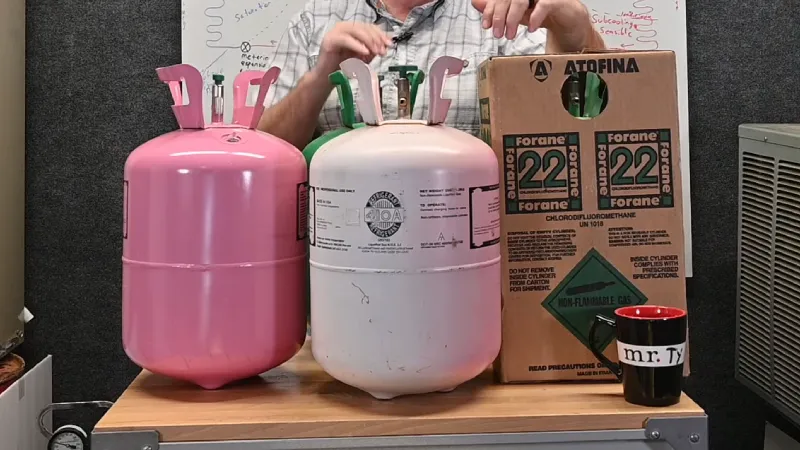
R410A is a type of refrigerant used in air conditioning and refrigeration systems. It is known for its high efficiency and low global warming potential.
Knowing the weight of an empty R410A tank is important for a number of reasons. Firstly, it allows you to accurately determine how much refrigerant is left in the tank. This can be especially useful if you are trying to refill an R410A system. You need to know how much refrigerant is needed.
Secondly, the weight of an empty R410A tank can be used to calculate the gross weight of the tank. This includes the weight of the refrigerant and the tank itself. This information can be useful when transporting or storing the tank. It can help you ensure that you are following proper safety guidelines.
You'll Learn About
How Much Does a R410a Empty Tank Weight?
The weight of the cylinder is an important factor when handling and transporting refrigerant. The gross weight, including the refrigerant, will be used to determine the total weight of the cylinder. It will also determine the amount of refrigerant that is inside.
The net weight is the weight of the refrigerant alone. It will be used to determine the amount of refrigerant that needs to be added or removed from the cylinder.
The tare weight is also an important factor in determining the weight of the cylinder. This is the weight of the container alone. It does not include any refrigerant. This weight can be used to determine the weight of the cylinder when it is empty. It is ready to be refilled with refrigerant.
In the HVAC industry, it is important to accurately measure and track the weight of refrigerant cylinders. This ensures that the correct amount of refrigerant is being used in a system. This helps to improve efficiency and reduce waste.
Additionally, it is important to know the empty tank weight for safety reasons. This ensures that the cylinder can be handled properly and safely.
Understanding the different weights of a 410a cylinder is important. This includes gross weight, net weight, tare weight, and empty tank weight. These weights are important for both safety and efficiency in the HVAC industry.
These weights play an important role in determining the amount of refrigerant in the cylinder. They also help in handling and transporting the cylinder safely.
- Gross weight: The gross weight of a full 410a cylinder is 34lbs 2 oz. This includes the weight of the refrigerant (25lbs 0 oz). It also includes the weight of the container itself.
- Net weight: The net weight of a full 410a cylinder is 25lbs 0 oz. This is the weight of the refrigerant alone. It does not include the weight of the container.
- Tare weight: The tare weight of an empty 410a cylinder is 9lbs 2 oz. This is the weight of the container alone. It does not include the weight of any refrigerant that may be inside.
- Empty tank weight: The empty tank weight refers to the weight of an empty 410a cylinder. This is the tare weight (9lbs 2 oz) plus the weight of any remaining refrigerant (if any). This is the weight of the cylinder when it is empty and ready to be refilled with refrigerant.
How Much Does an Empty R134a Cylinder Weight?
- Total Shipping Weight: 36.8 pounds. This is the total weight of all the items being shipped. It includes the cardboard box, cylinder, and refrigerant.
- Cardboard Box Weight: 1.2 pounds. This is the weight of the cardboard box. It is used to package and ship the items.
- Cylinder Weight: 5.6 pounds. This is the weight of the cylinder. It is used to hold the refrigerant (R134a).
- Refrigerant Weight: 30 pounds. This is the weight of the refrigerant (R134a). It is contained within the cylinder.
- Empty Cylinder Weight: 5.6 pounds. This is the weight of the cylinder when it is empty. It does not contain any refrigerant.
Factors That Affect the Weight of an R410a Tank
It’s important to note that the weight of an R410A tank can be affected by various factors. These include ambient temperature and humidity. As a result, it’s important to accurately determine the tare, net, and gross weights of an R410A tank. This ensures that you are using it safely and effectively.
- The tare weight of an R410A tank is the weight of the empty tank. It is usually stamped on the outside of the tank. It can be used to determine the amount of refrigerant remaining in the tank.
- The net weight of an R410A tank is the weight of the tank when it is full of refrigerant. It is typically labeled on the tank. It can be used to calculate the amount of refrigerant needed to refill a system.
- The gross weight of an R410A tank is the total weight of the tank. This includes both the refrigerant and the tank itself. It is important to know the gross weight of a tank when transporting or storing it. It can help you ensure that you are following proper safety guidelines.
Determining the Weight of an Empty R410a Tank
One way to determine this is to weigh the cylinder. Compare the current weight to the tare weight (the weight of the empty cylinder). It’s not uncommon for the tare weight to be stamped on the cylinder. But it’s also possible that the tare weight is not stamped. You will have to contact the manufacturer to find out.
Alternatively, you can try to determine the amount of refrigerant remaining. Connect gauges to the cylinder and measure the pressure and temperature.
However, this method may not be accurate. The pressure and temperature can be affected by other factors. These include ambient temperature and humidity. If you are not comfortable with either of these methods, it is always best to err on the side of caution. Replace the cylinder with a new one.
Method 1: Check for Tare Weight Stamp
One way to determine the weight of an empty R410A tank is to check for a tare weight stamp. This stamp should be on the outside of the tank. It should indicate the weight of the empty tank. You can use a scale to weigh the tank. Compare it to the tare weight stamp to determine the amount of refrigerant remaining in the tank.
Method 2: Contact the Manufacturer for Tare Weight Information
If the tare weight is not stamped on the tank, you can try contacting the manufacturer for this information. They should be able to provide you with the tare weight of the tank. You can then use this to determine the amount of refrigerant remaining in the tank.
Method 3: Use Pressure and Temperature Measurements (Not Recommended Due to Potential Inaccuracies)
It is possible to use pressure and temperature measurements to estimate the amount of refrigerant remaining in a tank. However, this method is not very accurate. It is not recommended. The pressure and temperature can be affected by other factors. These include ambient temperature and humidity.
It is always best to use a more reliable method. This includes checking for a tare weight stamp or contacting the manufacturer for tare weight information.
Things to Know
There are a few things that it’s important to know or have when determining the weight of an empty R410A tank:
Tare Weight
The tare weight is the weight of an empty R410A tank. It is usually stamped on the outside of the tank. It can be used to determine the amount of refrigerant remaining in the tank. If the tare weight is not stamped on the tank, you may need to contact the manufacturer for this information.
Scale
A scale is necessary for weighing the R410A tank and determining its weight. Make sure to use a high-quality scale. It should be accurate and reliable. Be sure to calibrate it before use.
Protective Gear
When handling R410A tanks, it’s important to wear protective gear. This includes gloves, glasses, and a respirator. This protects you from the refrigerant.
Refrigerant Charge Calculator
A refrigerant charge calculator can be useful for estimating the amount of refrigerant needed to refill an R410A system. These tools are typically available online. They require you to input the size of the system and the desired refrigerant charge.
Professional Assistance
If you are unsure of how to determine the weight of an empty R410A tank or how to refill an R410A system, it may be best to seek the assistance of a professional HVAC technician. They will have the knowledge and experience needed to safely and effectively refill your R410A system.
Additional Tips
Here are some additional tips for determining the weight of an empty R410A tank:
Use a High-quality Scale
It’s important to use a scale that is accurate and reliable when determining the weight of an R410A tank. Make sure to calibrate the scale before using it. Be sure to follow the manufacturer’s instructions for using the scale.
Consider the Age of the Tank
The weight of an R410A tank can vary over time. This is especially true if the tank has been used for a long period of time. If you are unsure of the tare weight of an older R410A tank, it may be best to contact the manufacturer. Alternatively, replace the tank with a new one.
Follow Proper Safety Procedures
When handling R410A tanks, it’s important to follow proper safety procedures. This helps to avoid accidents or injuries. This includes wearing protective gear. It also includes handling the tank carefully. Follow all local regulations and guidelines for storing and transporting the tank.
Use a Refrigerant Charge Calculator
There are many online tools available. They can help you calculate the amount of refrigerant needed to refill an R410A system. These tools typically require you to input the size of the system and the desired refrigerant charge. They will provide you with an estimate of the amount of refrigerant needed.
Seek Professional Assistance
If you are unsure of how to determine the weight of an empty R410A tank or how to refill an R410A system, it may be best to seek the assistance of a professional HVAC technician. They will have the knowledge and experience needed to safely and effectively refill your R410A system.
Conclusion
It is important to accurately determine the weight of an empty R410A tank. This ensures that you can accurately refill an R410A system. It also ensures that you are following proper safety guidelines when transporting or storing the tank.
If an R410A tank is not properly weighed and labeled, there are potential risks that can arise. For example, if you do not know the tare weight of an R410A tank, you may not know how much refrigerant is left in the tank.
This can lead to an incorrect amount of refrigerant being added to a system. This can cause the system to malfunction or even fail. Additionally, if you do not know the gross weight of a tank, you may not be able to safely transport or store the tank. This can lead to accidents or injuries.
Overall, it is important to accurately determine the weight of an empty R410A tank. This ensures that you can properly use and handle the tank. It also ensures the safety and efficiency of your R410A system.

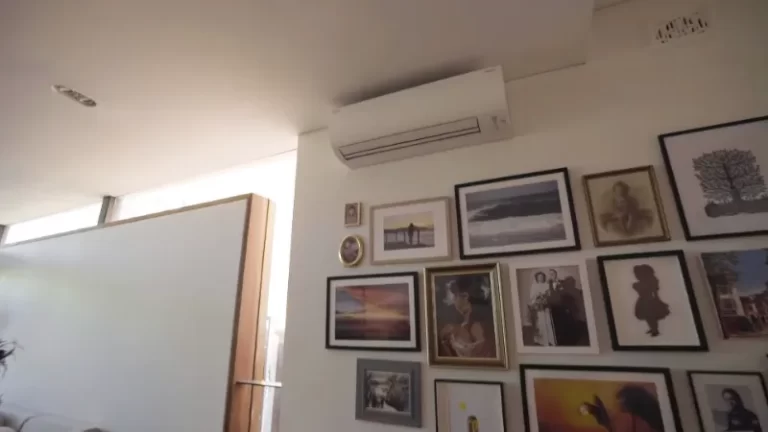
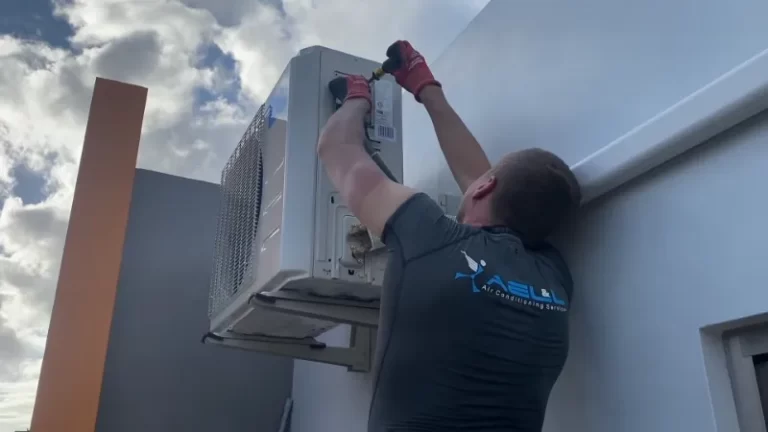

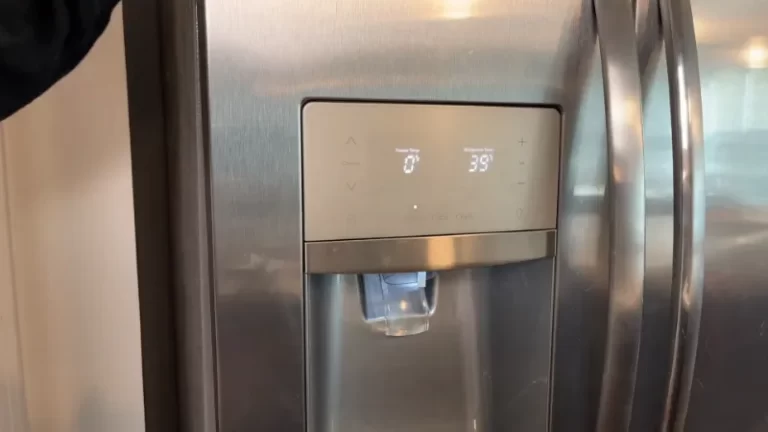
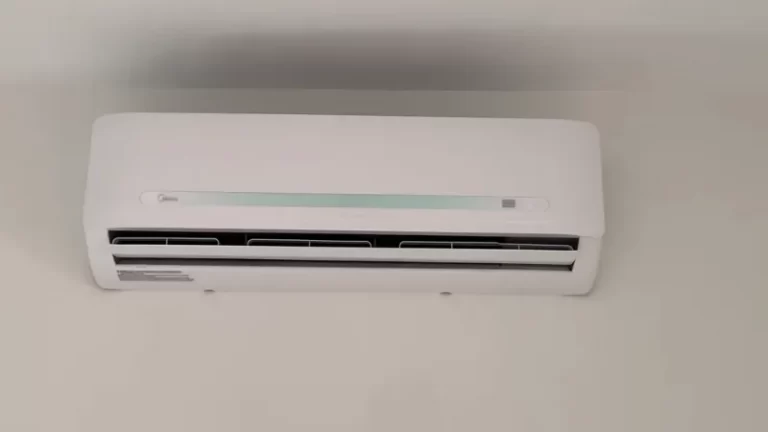
![Polarity Reversed on Furnace [Symptoms, Causes, Fixes]](/wp-content/uploads/2023/02/Polarity-Reversed-on-Furnace-768x432.webp)